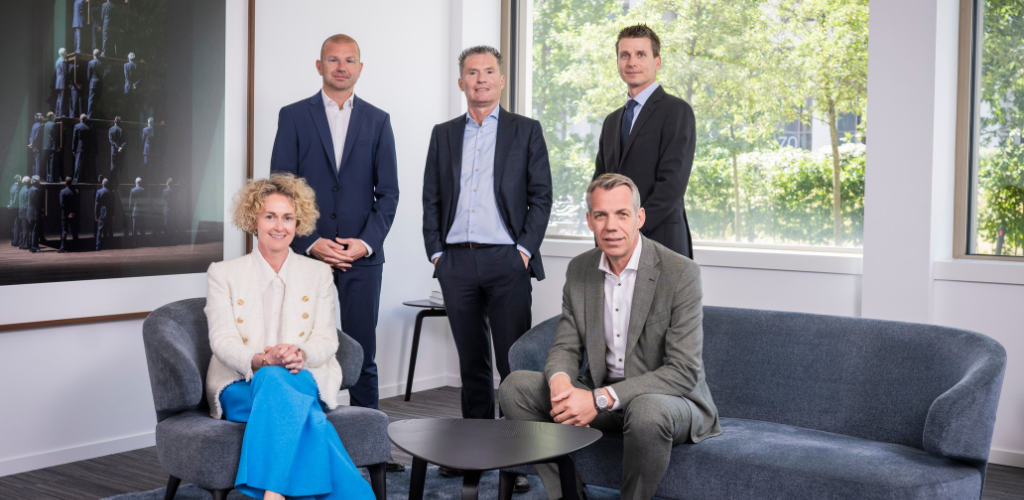Exactly two years ago, we were all together in the first general lockdown of our lives. Business almost came to a standstill, and the expectations were that the economic damage would be incalculable. However, the rapid response of both governments (fiscal stimulus) and central bankers (monetary stimulus) ensured that
- confidence in financial markets was quickly restored and
- the business world was supported.
Under these circumstances we drew up an investment strategy the objective of which we redefined as: “How to protect the assets against the possibility of higher inflation due to these massive monetary and fiscal stimuli. “We found the perfect combination in inflation-linked bonds and equities of companies with strong balance sheets and pricing power.
Today, forced by the Russian aggression, we are again redefining our objectives as: “How to protect the assets against inflation for an extended period AND from the major economic consequences of the Russian invasion.” Our remedy is more of the same. We are sticking to the same investment strategy and broad guidelines, but with even more assiduousness and conviction.
What are the main thrusts of our investment policy?
1) First and foremost, international diversification. Europe may be more united than ever before, but on a geopolitical scale we are in a weak position. We are very vulnerable economically due to the combination of a huge dependence on Russian gas and a particularly large and accelerated climate ambition. Not only have we disarmed ourselves in terms of energy over the last twenty years, but we have literally disarmed ourselves on defence as well. Europe is financially weak with high public debt, high inflation, and little room for interest rate rises. And finally, we are facing a huge humanitarian crisis that will put solidarity to the test in a few months’ time. Europe is going to lose out economically in the coming years. You and we will probably never live anywhere else, but that does not apply to your securities portfolio.
That is the beauty of integrated and globalised financial markets. We can invest a large part of your assets in equities and bonds in other currencies such as the US or Australian dollar, the Norwegian Krone, etc. It is our belief that this is a winning move for the next 10 years.
2) Thus, we will continue to protect against inflation through a combination of inflation-linked bonds and equities. Neither is a perfect hedge, but in today’s volatile and uncertain world, it is the best possible combination there is. The risk premium in favour of equities over bonds remains particularly high. Given that interest rates in Europe are somewhere between 0% and 1%, there is still a great chance that equities will outperform bonds substantially over the next 10 years.
3) Finally, we would like to reiterate that we are “unconstrained” investors. We do not invest in indexes, third-party funds or exchange traded funds (ETFs). In other words, we are active investors as opposed to passive investors, who buy the whole market without making any distinction.
We make it a sacred point of our investment process that we analyse everything we invest in ourselves. For example, we are not invested in French or Italian government bonds. Those who invest via indexes will, after all, have a great deal invested in these bonds. Both countries carry a lot of debt, which is paradoxically why they have a large weighting in the index. And that is precisely why we want to avoid them.
When it comes to our equity investments, we also try to steer clear of hypes, trends, and, simply said, overpriced businesses. This investment process, in which we make independent, clear and sometimes contradictory choices, is what defines CapitalatWork in terms of investment approach.




